Sweet, tender shortbread cookies made with pollen have a special texture that only pollen can give. They're one of my favorite pine and cattail pollen recipes.
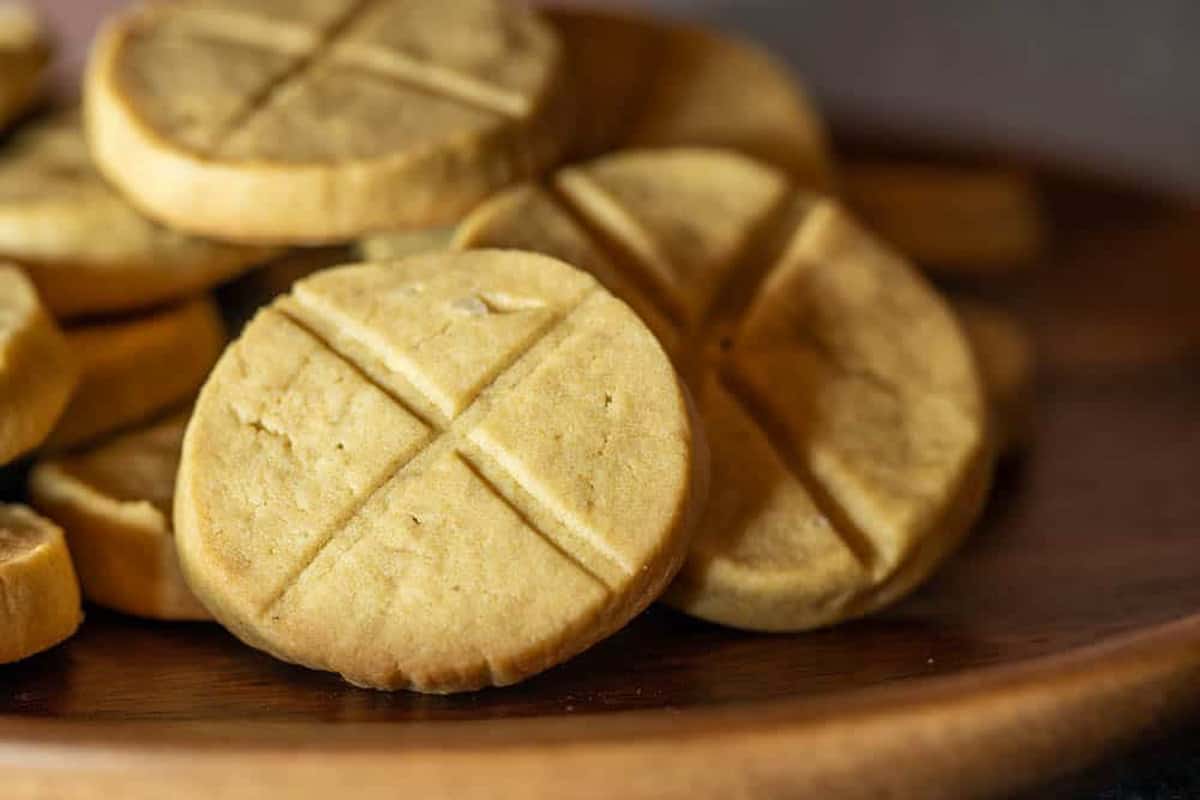
Pollen is so much more than a "medicinal ingredient". Pollen and honey cookies are a love letter to the life of bees, and a little study in complimentary flavors you can use when cooking with pollen.
Although bees (at least to my knowledge) don't harvest pollen from pine trees or cattails, the flavors of pollen, and the inspiration you can use from this, definitely go hand in hand.
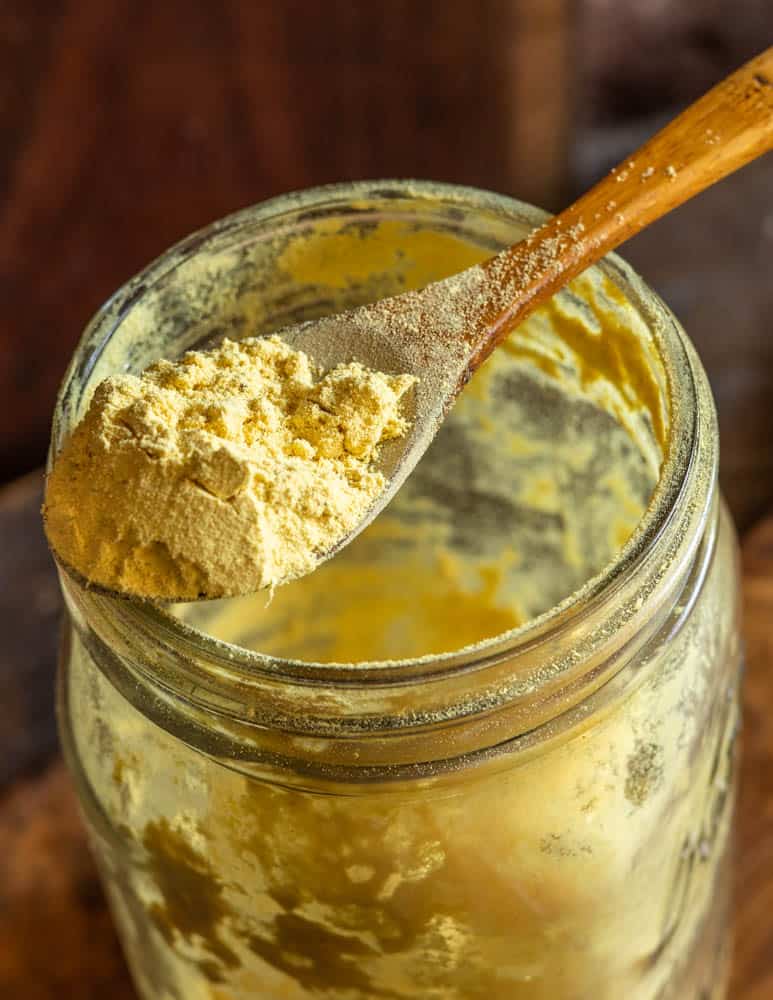
Pine pollen (cattail pollen too) has a natural affinity for honey and lemon. Showcasing that, along with making a simple, delicious shortbread-type cookie using only honey as the sweetener is the big takeaway from this pollen recipe I'm sharing with you. The cookies are great, but you can also use the same technique and proportions with other simple quick breads and batters like pollen pancakes and pollen bread.
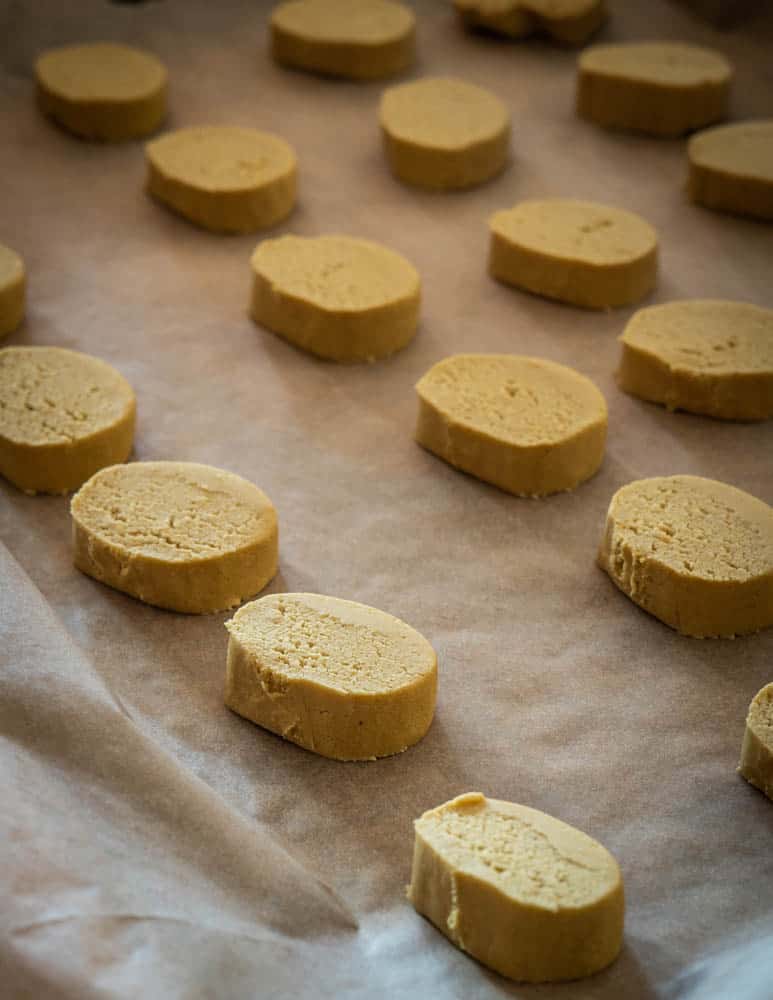
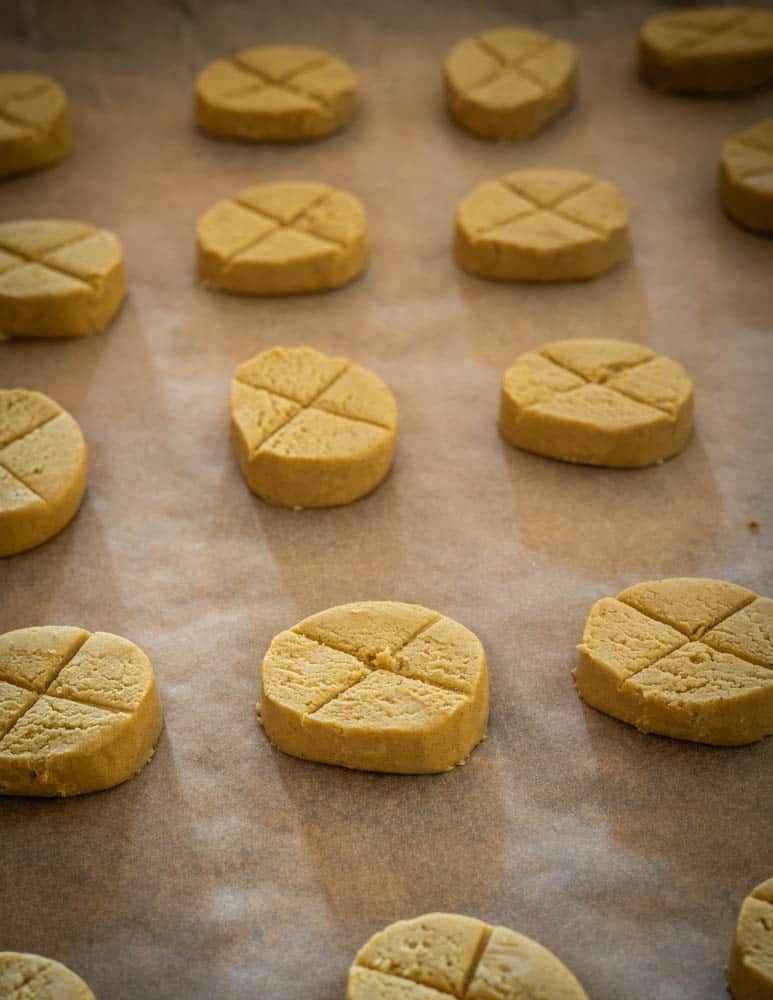
Crisp or Chewy?
The age-old cookie question. Depending on how you like your cookies, you can adjust the cooking time here for the result you prefer. Cooking for 7-10 minutes will yield cookies that are more crisp, like a traditional shortbread, while the 5 minutes I suggest will give you more tender cookies.
In my mind, the tender cookies are a better representation of the fudgy quality pollen gives to baked goods when used in a decent amount.
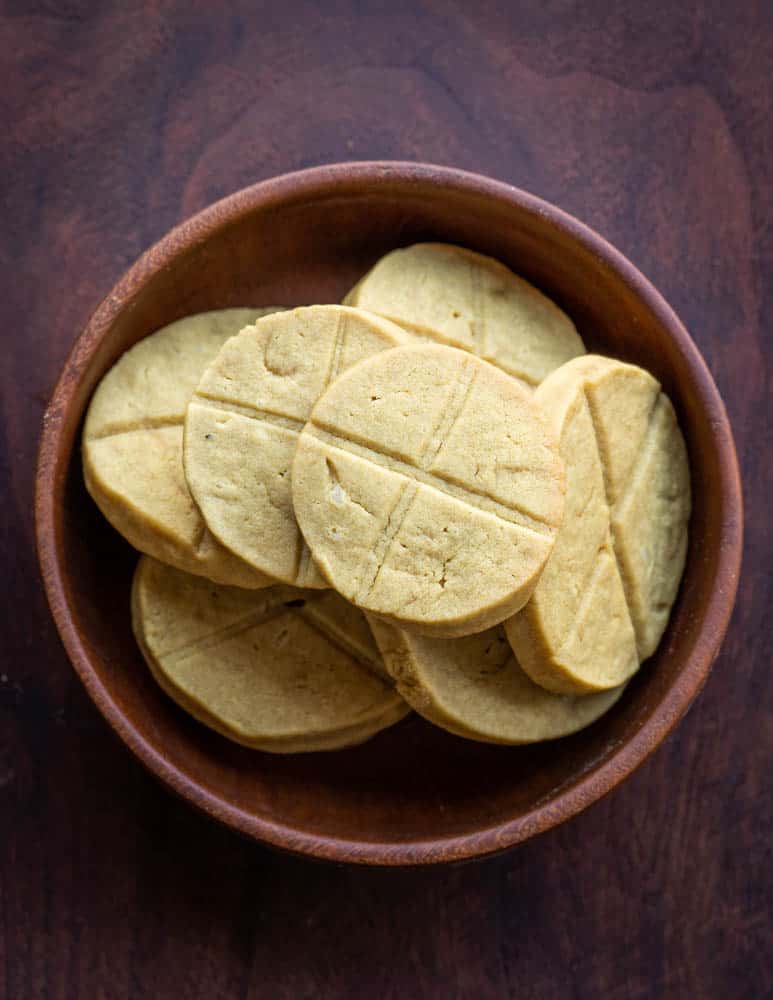
Adapting the recipe
There's a few different ways you can adapt this. Here's a quick list.
- For gluten free cookies, use gluten free flour.
- For extra tender cookies, use cake flour.
- If you roll the dough out, it could be used as a pastry crust. I'd fill it with a pastry cream scented with flowers like meadowsweet or elder.
Pollen and Honey Cookies
Equipment
- 1 sheet of wax paper
- 1 baking sheet
Ingredients
- 1 stick butter at room temperature
- ¼ cup pine or other pollen
- 1 cup all purpose flour or cake flour if you have some
- 1 large egg
- ⅓ cup mild honey
- ¼ teaspoon kosher salt
- Zest of half a lemon grated
Instructions
- Mix the flour, salt and pollen. Whip the honey, egg, lemon zest and butter until emulsified with a beaters, then add the flour-pollen mix and incorporate well.
- Transfer to a sheet of buttered parchment, roll into a log and refrigerate to firm it up and hydrate the dough (this gives the cookies a better texture), overnight, or for at least a few hours.
- From here, the cookie dough can be cooked, or frozen in logs to cook at a later date. To freeze the dough, you'll want to vacuum seal it. Use frozen dough within 6 months.
- Preheat the oven to 325F.
- Roll the log out to smooth it and form it into an attractive cylinder after chilling, then quickly cut into ½ inch rounds and lay them spaced out on a sheet of parchment on a cookie sheet.
- Make a cross hatch in each cookie with the back of a knife, then bake, 5 minutes for tender cookies, 7-10 minutes for more crisp, traditional shortbread, erring on the side of under-versus over done.
- Cool the cookies and store in a covered container on the counter. They’ll last for 3-4 days.

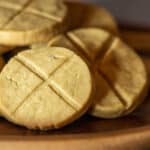
Sara
When does the egg come into play? It’s in the ingredients but not the instructions
Alan Bergo
It's in there. Whip it with the honey.
Charlie
Looks great